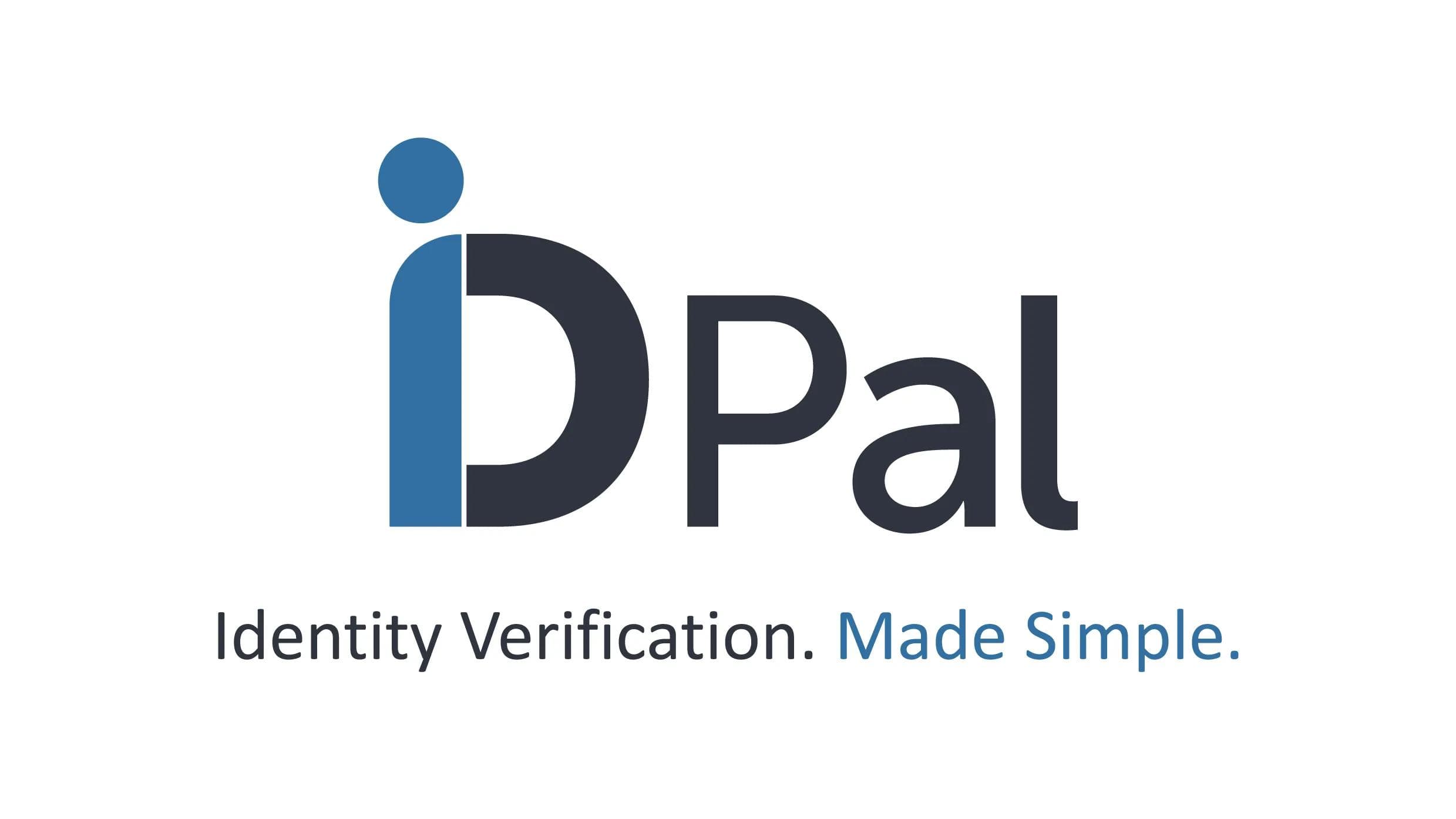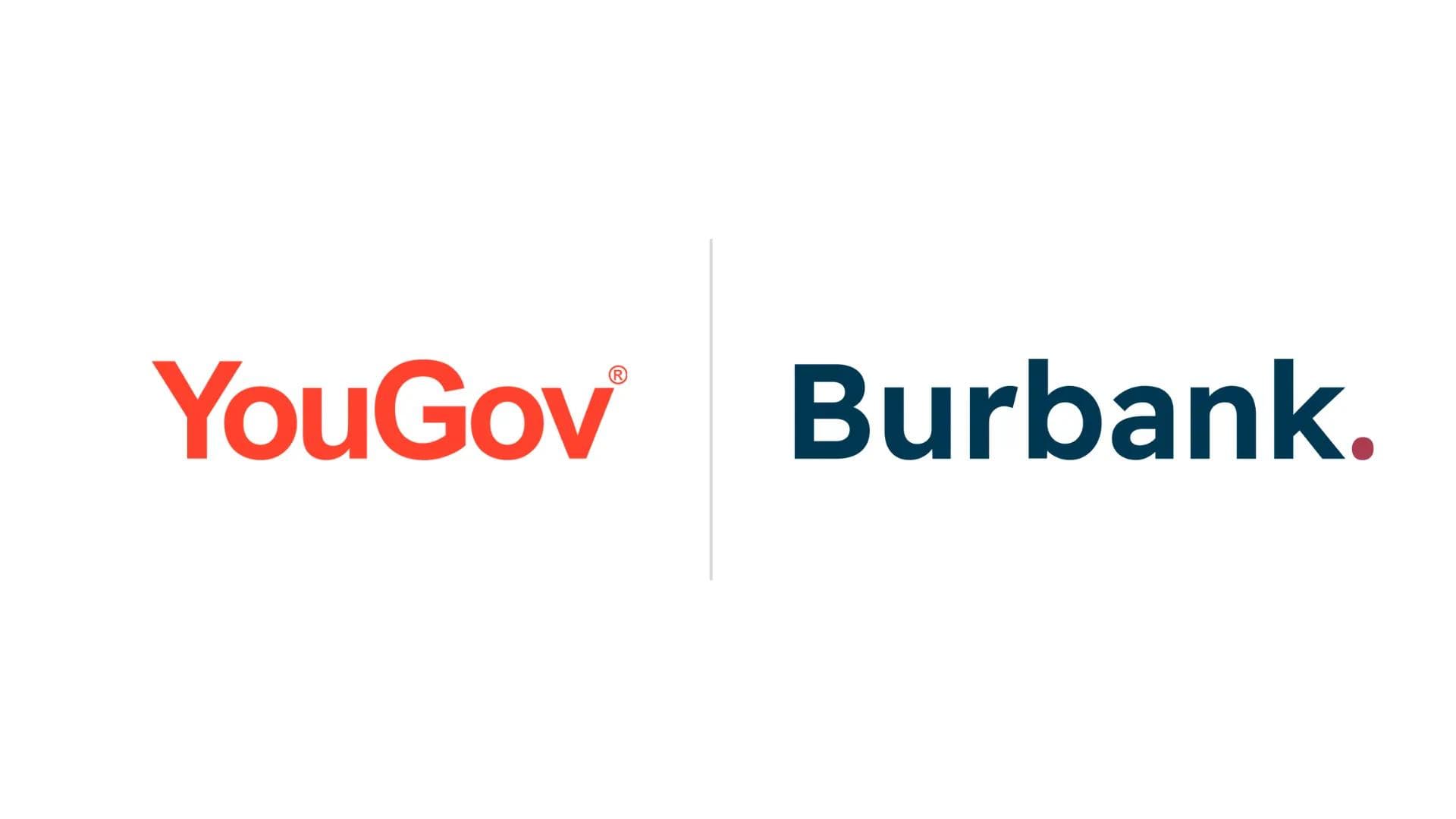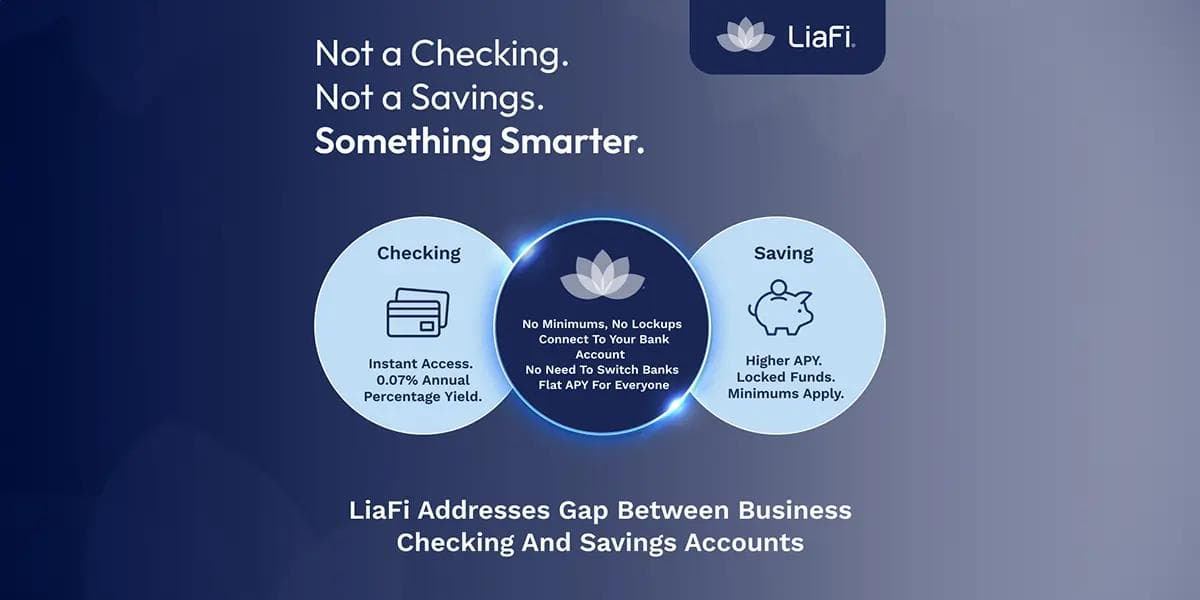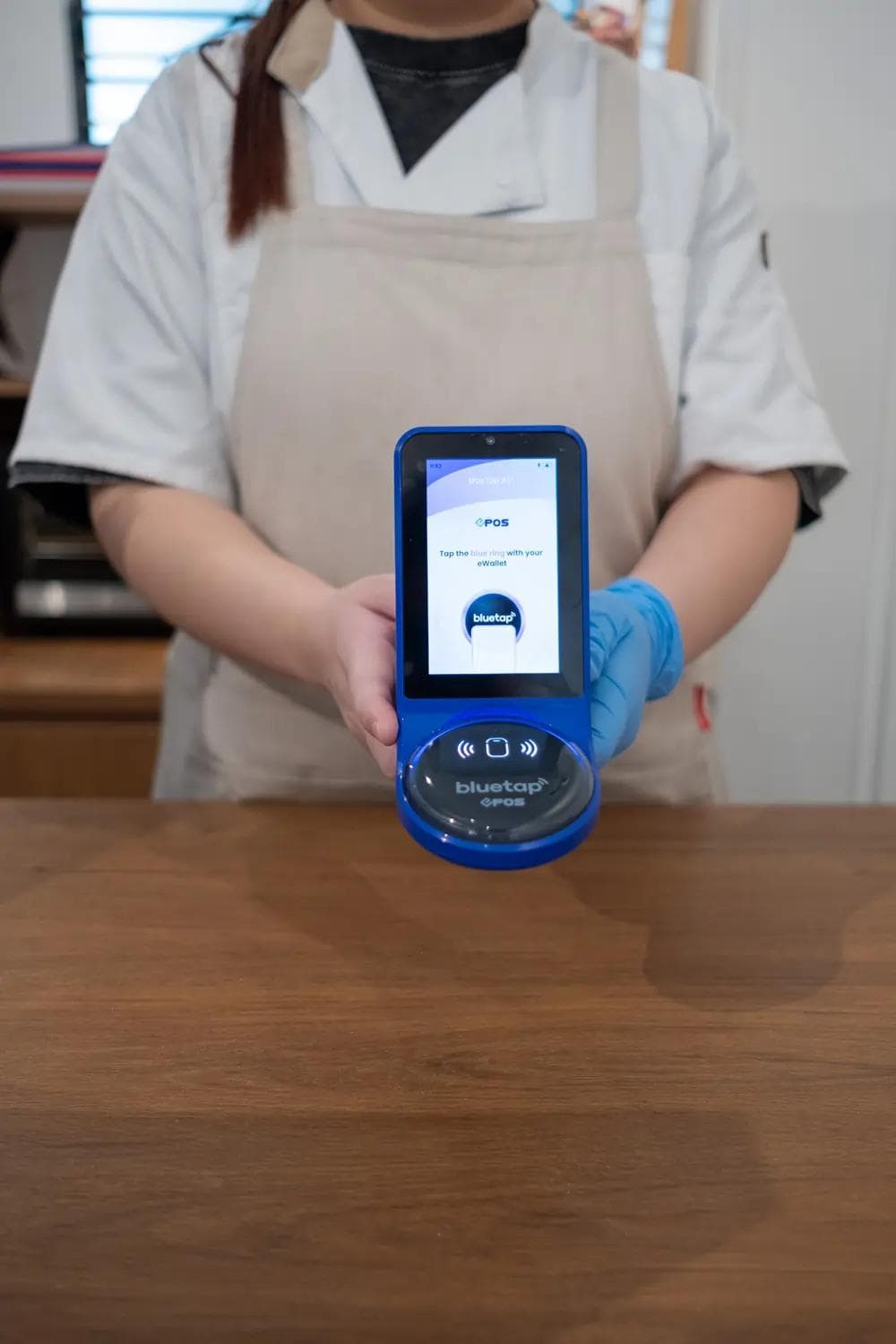7 Ways Schools Are Using AI Right Now
7 Ways Schools Are Using AI Right Now
Published by Wanda Rich
Posted on April 24, 2025
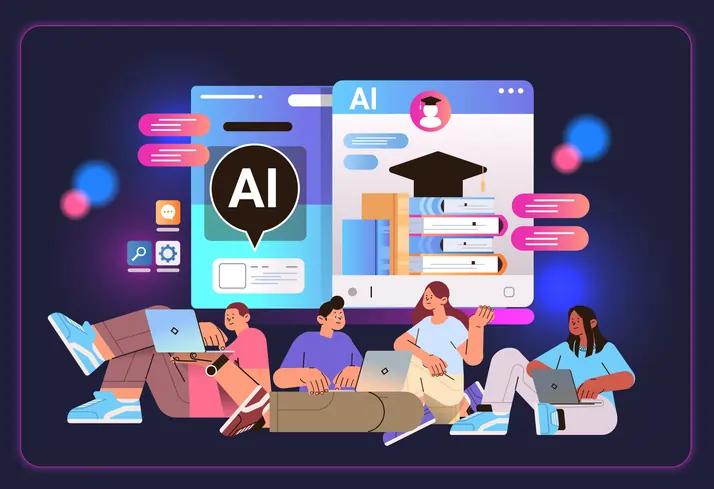
Published by Wanda Rich
Posted on April 24, 2025

Artificial intelligence (AI) is transforming education. As AI capabilities advance, schools are adopting these technologies to enhance learning, improve administration, and prepare students for an AI-powered future. According to one estimate, the global AI in education market size was estimated at USD 5.88 billion in 2024 and is projected to grow at a CAGR of 31.2% from 2025 to 2030.
There are already many examples of K-12 schools and universities employing AI around the world. From AI tutors to intelligent campus operations, these technologies create opportunities to enrich academics, streamline processes, and set students up for lifelong success.
Here are 7 key ways schools are tapping into the promise of AI right now:
AI Grading Tools
Essay scoring is another area where AI assists teachers, allowing quicker feedback to students. Automated grading tools analyze written work and calculate scores for teachers to review and finalize.
The Smodin AI grader is one such assistant gaining momentum. It rates English essays across various dimensions like vocabulary, grammar, content quality, and structure. Teachers can adjust scoring algorithms based on grading rubrics and preferences to align with classroom standards. This gives them more time to offer individualized qualitative feedback.
By producing consistent, data-driven evaluations, the Smodin AI grader helps educators target student skill gaps more effectively while reducing time spent on repetitive scoring tasks. As these capabilities advance, AI looks to amplify teacher insight and feedback.
Adaptive Learning Software
Apart from AI tutors, schools make use of adaptive learning software to personalize education. They are programs that adjust curricula according to the real-time performance of the students. The software assesses what the students understand and matches content difficulty.
Algebra students who are having difficulty working through quadratic equations could benefit from other basic problems and problems before moving on. On the other hand, those going through this content could jump ahead to more advanced polynomial concepts. This differentiation allows the class to become characterized by a broad range of abilities and meet the needs of each individual at the optimal level for growth.
Adaptive solutions have great momentum. In over 4 million U.S. student accounts and growing, DreamBox Learning uses adaptive math games for K-8 learners. The results show equivocal advantages of doubling growth speeds in elementary student math proficiency and the promise of adaptive learning driven by AI.
AI-Enhanced Curriculum and Study Tools
Innovators are also introducing AI into learning materials like textbooks and study platforms. Embedded AI guides students through the curriculum and practice sets tailored to their progress.
For example, Century Tech integrates AI into K-12 lessons across subjects that adapt to each student's interaction. If a learner struggles with certain grammar rules, the program adjusts to focus practice on those areas. Century claims math students in a recent trial saw double the expected progress using their AI-enhanced curriculum.
For learners studying on their own, Quizlet leverages machine learning through its AI-powered tutor feature. After assessing a student's study patterns and knowledge gaps, it recommends personalized learning paths and flashcard sets to boost weak areas. This AI guidance will expand to offer step-by-step explanations for problem-solving in the future.
As curriculum developers harness AI, expect smarter courseware that prescribes truly individualized content to address each student’s strengths and development areas.
Virtual Teacher Assistants
AI also helps teachers be more effective by acting as virtual teachers’ assistants. These automated tools handle routine tasks to give educators more bandwidth for higher-priority student interactions.
For instance, Century AI records attendance, schedules meetings, and handles paperwork like never before. It even generates report cards by pulling student data and assessments to measure progress. This relieves teachers from cumbersome administrative duties, freeing up time to mentor students.
Other AI teacher assistants save time preparing lessons. GL Assessment's Mark My Papers technology uses optical character recognition and natural language processing to score student-written responses. This allows teachers to quickly understand learner needs and adjust lesson plans accordingly.
As these AI supports advance, teachers can dedicate more energy toward guiding students versus administrative workload. Blending automated efficiencies with human judgment moves education in the right direction.
AI for Special Education and Accessibility
Some schools also employ AI to make learning accessible for those with special needs. Voice recognition, predictive text, and other technologies assist those facing learning barriers from visual impairment to dyslexia.
Texthelp equips students with reading difficulties using literacy support tools enabled by AI. For example, speech recognition helps struggling readers verbally compose essays that are converted into text. Predictive writing suggests words and phrases to help students articulate ideas more easily. These features allow students with conditions like dyslexia to demonstrate skills regardless of writing capability.
Further, some districts use AI to detect special needs earlier and improve support. Bellarmine College Prep in San Jose, CA, screens new students using AI that analyzes admission essays. The goal is to diagnose learning disabilities and other special needs to connect students with resources from the start.
As AI capabilities grow, expect specialized education technology to help schools accommodate diverse learning needs. According to one estimate, the global assistive technology market revenue is expected to reach a value of USD 28.8 billion in 2028.
AI Campus Analytics and Administration
Apart from boosting academics, AI is used by schools to simplify campus operations. Data is fed into the advanced analytics tools to make administrative decisions with more insight.
In the case of the University of South Australia, it implemented several AI systems to enhance productivity. Data and machine learning on the CampusM mobile app allow it to predict and manage assets such as classrooms and parking spots. Students are even alerted about the spaces and facilities that are available. It gives continuity and smoothness to the experience that the student receives.
AI-enabled analytics are used by other higher education institutions to monitor student wellness. SpotterEDU and Degree Analytics crowdsource at-risk student data from collections of online data points such as library swipes and WiFi connections. The Social isolation risk factors that come out in the numbers can also help Schools provide better mental health services.
Smart campus platforms are starting to mature, and not only optimize their operation, but also expose patterns that help students develop outside the realm of academics.
Conclusion
From AI tutors to smart campus analytics, artificial intelligence is transforming learning across K-12 schools and higher education institutions. And these technologies offer what is personalized instruction, take some of the harder teachers' load off of them, and also optimize the students' experience, the understanding of behavior patterns in the numbers.
Like knowing the emotions of students and using knowledge in different contexts, other issues that remain unsolved by education AI. However, these gaps can quickly be filled with rapid advances to realize AI’s huge promise.
With AI tools enabling the release of potential in the learners, there is hope in education’s future. However, it’s only now that we can barely see into the full scope of what artificial intelligence can do to make schools truly deliver quality, bespoke education to scale.
Explore more articles in the Top Stories category

